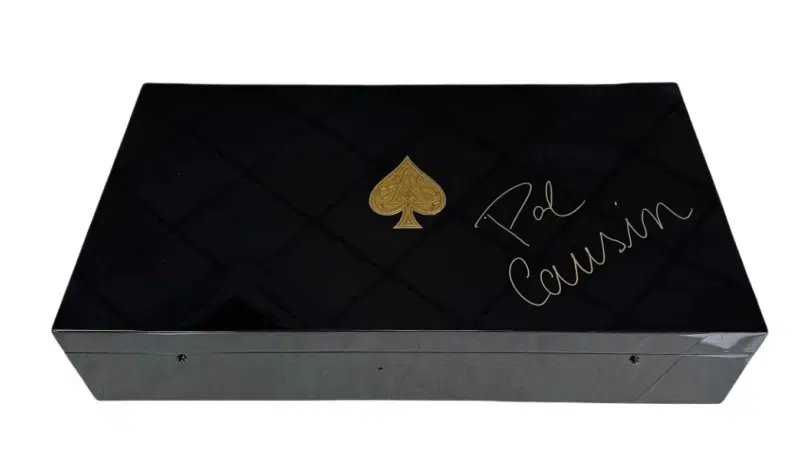
Achieving a true mirror finish on a piano lacquered wine box isn’t just about the lacquer itself—it’s about what happens between every layer. Sanding, when done right, is the hidden hero behind that flawless reflective surface.
So, what sanding process actually delivers that glass-like finish expected in high-end wine packaging?
Drawing from years of hands-on experience in finishing luxury wooden boxes, I’ll walk you through the step-by-step sanding method we use to create depth, clarity, and perfect gloss.
Why is sanding such a critical step in achieving a mirror-like piano finish1?
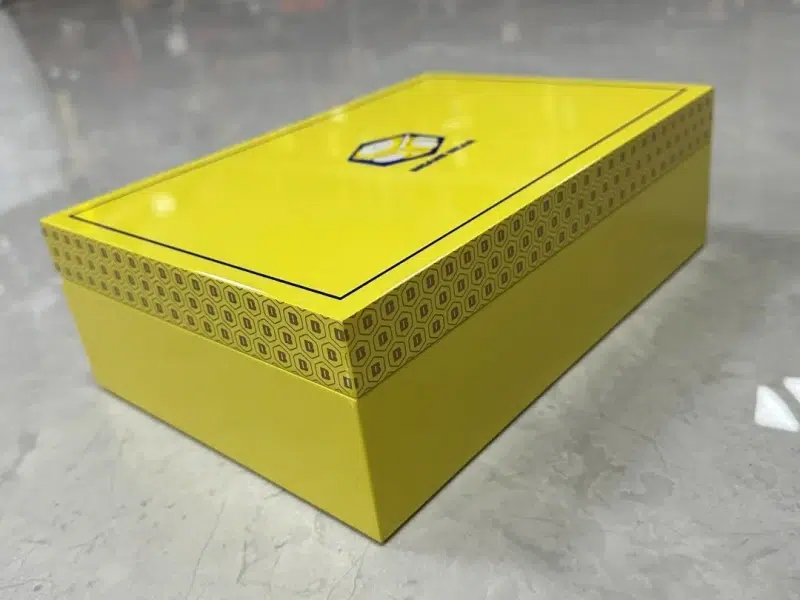
Lacquer doesn’t come out of the spray gun smooth. It needs to be leveled—multiple times—to remove texture, dust, and micro-defects. Sanding flattens each coat, creating a surface that reflects light uniformly.
Without proper sanding, you get orange peel, dull spots, or inconsistent gloss. With it, you get mirror perfection.
What Sanding Does in Lacquer Finishing
- Removes Imperfections: Eliminates dust nibs, spray texture, and minor flaws.
- Flattens the Surface: Levels high and low points for perfect light reflection.
- Promotes Adhesion: Each coat bonds better to a uniformly abraded surface.
- Builds Gloss Depth: Smooth layers stack up for that deep, wet-look shine.
In my workshop, we often say: “The shine is in the sanding, not the spray.”
What grit sequence should be followed from rough sanding to final polishing?
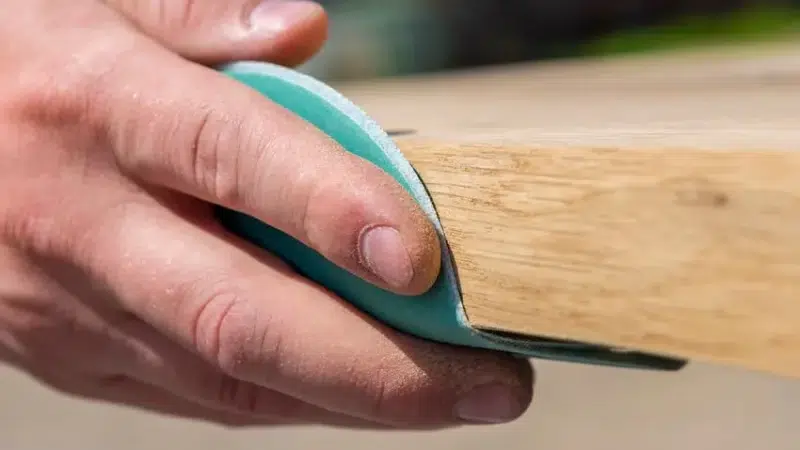
The secret to a perfect mirror finish is using the right sanding grits2 at the right time—and not skipping any step in between.
Standard Grit Progression for Piano Lacquer
| Stage | Grit Range | الغرض |
|---|---|---|
| Initial Surface Prep | 240–320 | Flattens sealed wood surface before basecoat |
| Between Lacquer Coats | 600–800 | Smooths each cured layer for adhesion |
| Final Build Layers | 1000–1500 | Eliminates surface texture, begins gloss refinement |
| Pre-Polishing | 2000–3000 | Prepares surface for compound polishing3 |
✔ الاستخدام abrasive sponges4 or film-based sandpaper for uniformity
✔ Sand by hand in overlapping strokes or with a soft interface pad on a DA sander
I never rush grit progression. Skipping from 800 to 2000 to save time always leaves subtle waves or haze in the finish.
كيف wet sanding5 improve the smoothness and clarity of the surface?
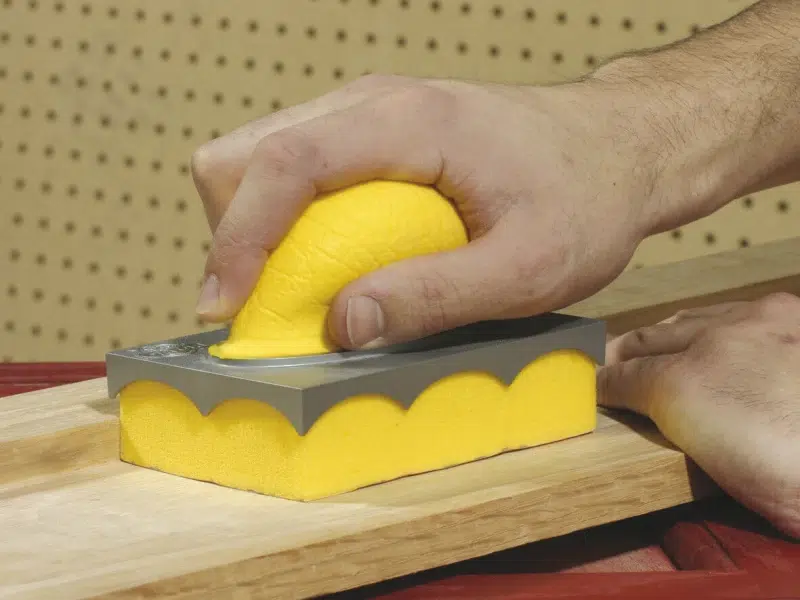
Wet sanding is essential for mirror finishes. It reduces heat, prevents clogging, and creates a finer scratch pattern—critical for achieving flawless reflectivity.
Benefits of Wet Sanding
- Minimizes Scratches: Water acts as a lubricant, reducing deep abrasion.
- Removes Debris Instantly: Prevents buildup that causes swirl marks.
- Reduces Heat: Protects the lacquer from softening or deforming.
- Improves Tactile Feedback: You can feel when the surface levels out.
How to Wet Sand Correctly
- الاستخدام high-quality waterproof sandpaper6 (e.g., 3M 401Q series)
- إضافة a drop of dish soap to clean water for smoother glide
- الاستخدام foam sanding blocks7 or soft pads for uniform pressure
- Keep the surface and paper wet at all times—rinse frequently
We often wet sand with 2000 grit under natural light to spot low areas. The goal is to create a perfectly dull, even haze before final polishing.
What tools and materials are ideal for fine sanding between lacquer layers?
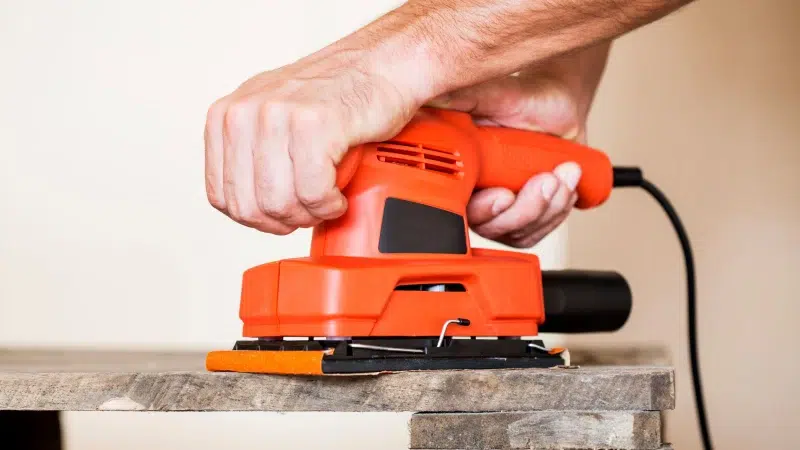
The right tools ensure even abrasion without burning through layers or introducing swirl patterns. In high-gloss finishing, precision matters more than speed.
Recommended Tools & Materials
✔ Soft Sanding Blocks8
For flat panels and large surfaces. Use with 600–1500 grit paper.
✔ Foam Abrasive Pads
Great for curves, corners, and edges. Prevents sanding through thin areas.
✔ Dual Action (DA) Orbital Sanders9
For consistent, swirl-free sanding—use at low RPM with interface pads.
✔ Film-Backed Sandpaper Sheets10
Last longer and provide even scratch patterns (brands like Mirka or Indasa).
✔ Tack Cloth or Microfiber Wipes
Removes residue between each sanding and recoating session.
We keep different sanding stations for each grit to avoid contamination. Mixing 800 grit particles into 3000 grit work can instantly ruin the final surface.
How do you avoid swirl marks, scratches, or uneven surfaces during sanding?
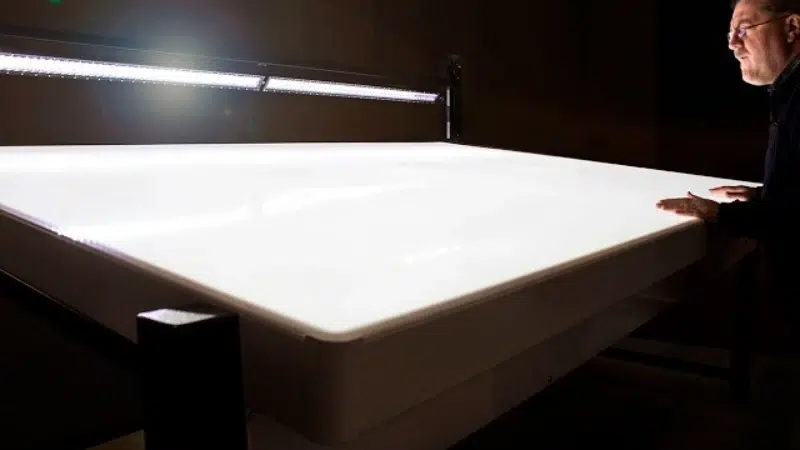
Even the best lacquer job can be destroyed by poor sanding technique11. Swirls and uneven pressure12 create distortion in light reflection—something no luxury customer will overlook.
Best Practices to Avoid Surface Defects
- Always sand in straight lines or crosshatch patterns—never circles.
- Use clean, uncontaminated sanding pads13—change them regularly.
- Apply even pressure—don’t press harder on corners or edges.
- Check your work under direct lighting—look for inconsistent haze or glossy spots.
- Wipe down the surface frequently to remove slurry and dust particles.
We train finishers to run their fingertips across the surface every few minutes. Feel often detects flaws the eye misses—especially on dark finishes.
What final buffing or polishing techniques bring out the deep gloss and reflection?
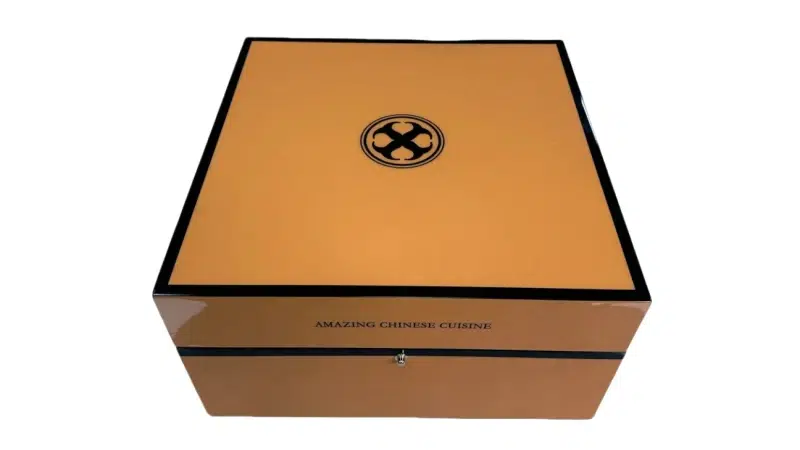
Once sanding is complete, polishing compounds14 and buffing tools bring out the full clarity and depth of the lacquer. This is where the true mirror effect appears.
3-Stage Polishing Process
-
Cutting Compound
Removes 2000–3000 grit haze. Use with a foam cutting pad on a rotary or DA buffer. -
Polishing Compound
Refines the surface for clarity. Medium-speed polishing with minimal pressure. -
Swirl Remover / Finishing Polish15
Hand-buffed or machine-buffed using ultra-soft pad. Final step before inspection.
Pro Tips
✔ الاستخدام dedicated pads for each compound—never mix.
✔ Clean pads with compressed air between uses.
✔ Wipe with microfiber, never paper towels.
✔ Apply a final coat of polymer glaze or wax16 to protect and enhance the gloss.
We do our final inspection under both warm and cool LEDs. If it looks flawless in both, it’s ready to ship.
الخاتمة
A mirror finish on a piano lacquered wine box is built layer by layer—and grit by grit. It’s the sanding process that transforms high-gloss into high-luxury.
لفعلها بشكل صحيح
- Follow a consistent grit sequence—from 240 up to 3000+
- Use wet sanding for clarity and defect removal
- Polish in stages, not shortcuts
- Inspect constantly under strong, angled light
In luxury finishing, what the customer sees is only half the story. The other half is what you did between every coat.
اسم العلامة التجارية: وودوبوكس
الشعار: صناديق خشبية مصممة حسب الطلب، مصنوعة بإتقان
الموقع الإلكتروني: www.woodobox.com
-
Understanding the process of achieving a mirror-like piano finish can enhance your woodworking skills and results. ↩
-
Understanding the right sanding grits is crucial for achieving a flawless finish. Explore this link for expert tips and techniques. ↩
-
Polishing is key to a mirror finish. Learn the best practices and products to use for stunning results. ↩
-
Abrasive sponges can enhance your sanding process. Discover their advantages and how to use them effectively. ↩
-
Explore the advantages of wet sanding to enhance your surface finishing techniques and achieve a flawless look. ↩
-
Discover the top-rated waterproof sandpapers that can elevate your wet sanding results and ensure a smooth finish. ↩
-
Learn how foam sanding blocks can provide better control and even pressure during wet sanding for superior results. ↩
-
Explore the advantages of Soft Sanding Blocks for achieving a smooth finish without damaging the surface. ↩
-
Learn how DA Orbital Sanders can provide consistent, swirl-free results for your projects. ↩
-
Discover why Film-Backed Sandpaper Sheets are preferred for durability and even scratch patterns in woodworking. ↩
-
Understanding effective sanding techniques can significantly enhance your finishing skills and prevent surface defects. ↩
-
Learning about the importance of even pressure can help you achieve a flawless finish and avoid common mistakes. ↩
-
Discovering the right maintenance for sanding pads can improve your sanding efficiency and quality of work. ↩
-
Explore this link to discover top polishing compounds that enhance gloss and clarity, ensuring a perfect finish for your projects. ↩
-
Learn how Swirl Remover can eliminate imperfections and elevate your lacquer finish to a professional level. ↩
-
Find out how polymer glazes and waxes can protect and enhance your finishes, ensuring longevity and shine. ↩





